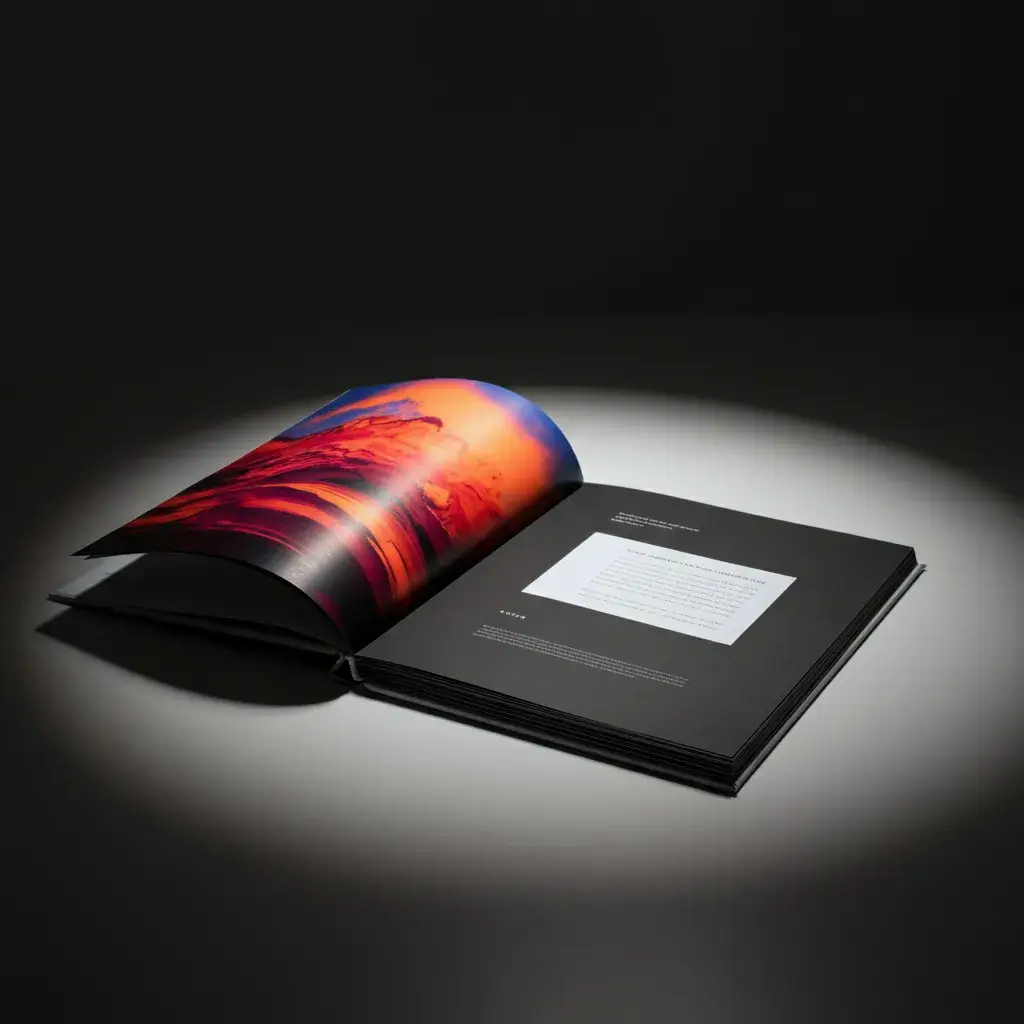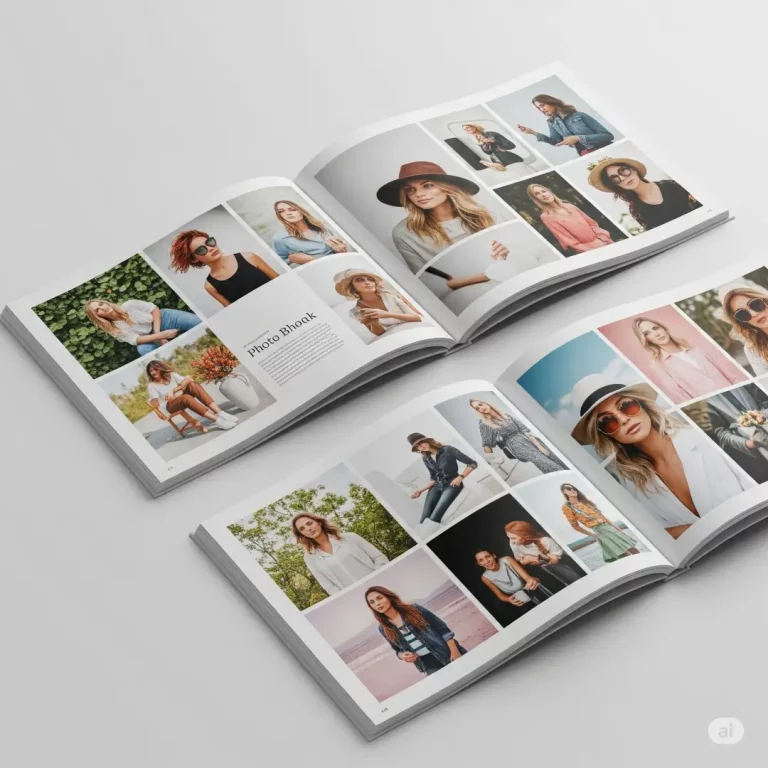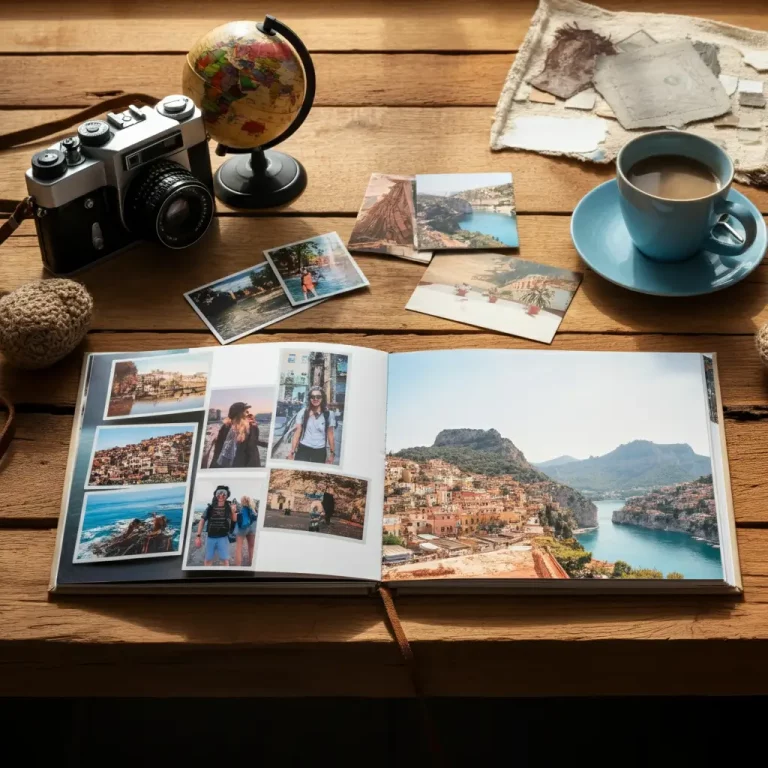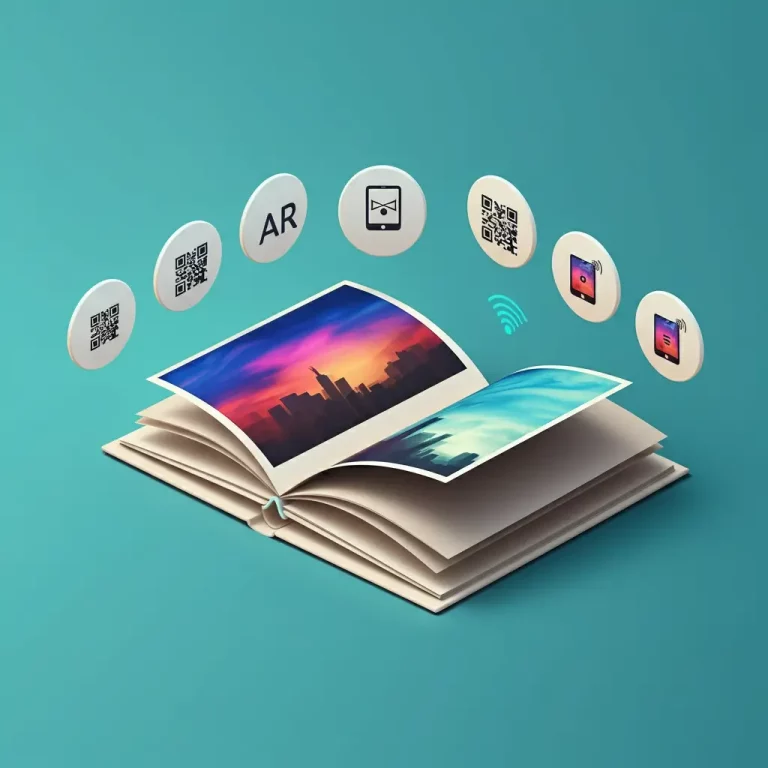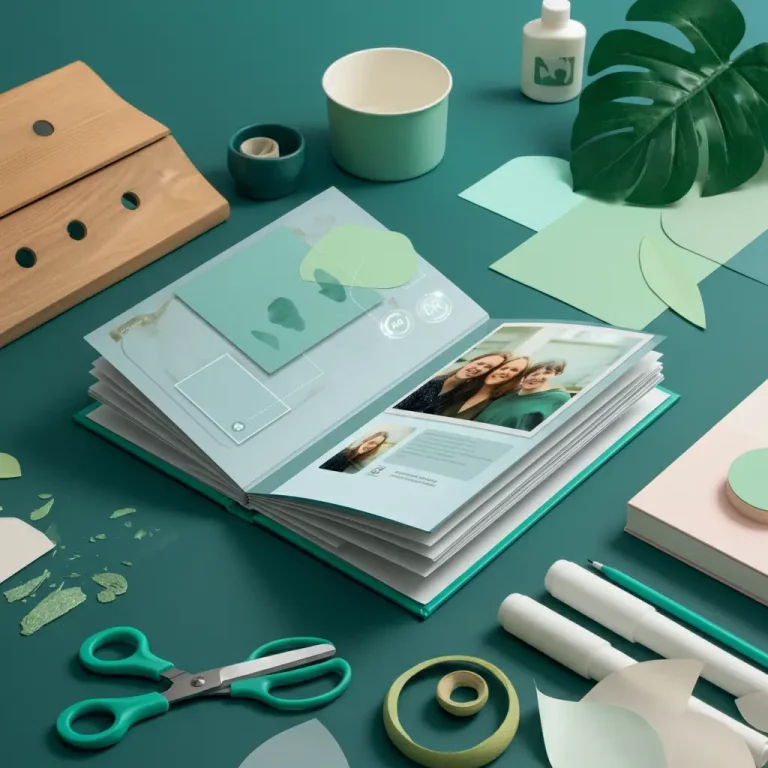Weaving Narrative Magic Through Photobook Design
Photobooks are not just collection of photos arranged they’re a distinctive medium that blends the artistic quality that photography has with the structure precision that graphic designs offer. They’ve rapidly gained traction as a potent tool for visual storytelling. They provide artists the chance to break through the boundaries of scrolling and swiping digitally.
Photobooks for photographers are a way to display captivating visual narratives. Graphic designers will find them to provide the playground of typography, grids, and layouts that direct the user’s experience. When combined, the disciplines form an interplay that transforms the photobook into a work of art, and breathes life into stories that stay with you for a long time after the last page.
This guide will explore the synergy that exists between photojournalism along with graphic design as well as how these two disciplines can transform photobooks, practical advice for collaborations, as well as lessons learned from successful cases. If you’re a photographer designer, or an artist who tells stories visually there will be ideas and methods to make captivating photos that create lasting impressions.
The Role of Photobooks in Visual Storytelling
Photos are an intriguing medium in the world of creative expression and bridge the gap between tangible storytelling and art. In an age where digital media is the dominant medium their place, the tangible quality of photobooks provides readers with an experience that is curated and immersive which digital scrolling simply cannot replicate.
Why Photobooks Matter Today
- The Tactile Connection: Although digital photography may disappear into an ocean of pixels, books can create the feeling of a personal connection by allowing readers to hold their stories within their grasp.
- Curated Narratives Photobooks allow designers and photographers to carefully organize their images and combine them with appropriate designs, allowing them to in telling a coherent story.
- Cultural Relevance iconic photobooks don’t just record moments but also influence the way we see them. They’ve been a crucial tool to preserve social, cultural and artistic timestamps.
Emerging Trends in Photobooks
From thematic collections to more experimental types, photobooks are in high demand. The works such as “Lost in Translation” by Charles Traub or Lynsey Addario’s “Of Love and War” combine thought-provoking photography with smart photobook design elements, establishing new standards for immersive storytelling.
Photography Principles in Photobook Creation
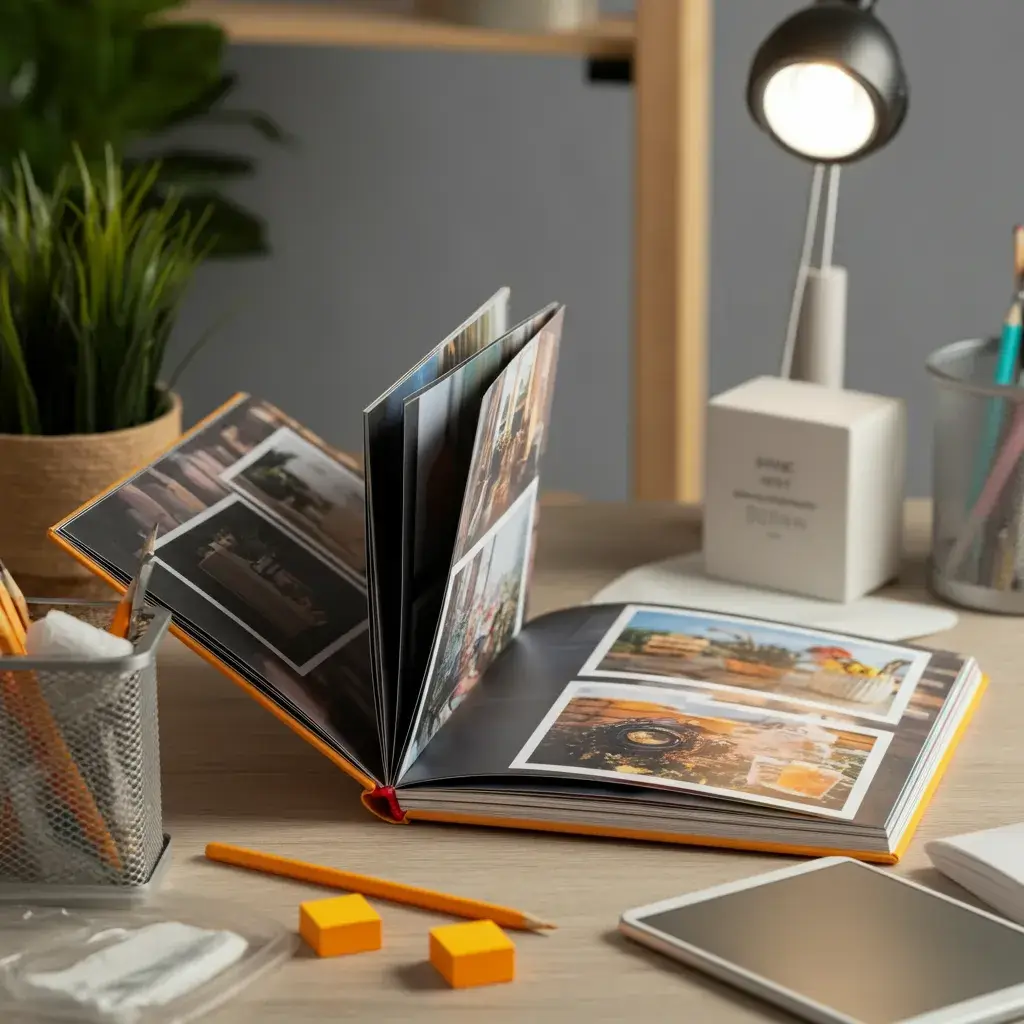
Excellent photobooks start with good photography. The fundamentals of great photography form the foundation of the story. How does this translate into the creation of the perfect photobook?
Sequencing for Impact
The arrangement of photos can transform a photobook simply a collection of pictures into a film-like experience.
- Chronological Sequencing is ideal for stories that change in time, like photographs of events or travel journal.
- Contrast-Pairing when the opposite colors, moods, or compositions are juxtaposed provides a powerful emotional impact.
Cohesive Mood Through Style
Maintaining a consistent photography style is essential. The crop sizes as well as tonal ranges and lighting should be in sync to form a cohesive picture. As an example the famous Alec Soth photographic book “Sleeping by the Mississippi,” his dark photos with richly textured textures create a distinctive mood.
Leverage Photography Basics
- The lighting can help to define focus and mood throughout the photobook. Lighting that is natural or studio is essential to complement the story’s intent.
- Colour is arousing emotion and helps to create visual cohesion. Palettes that are muted can feel peaceful while vibrant colors excite the viewer.
- Composition is still the king of the web. The use of strong focal points and balanced framing make sure that each page gets interest.
If photographers can master these aspects they can provide a foundation that designers can take more.
Graphic Design Elements That Enhance Photobooks
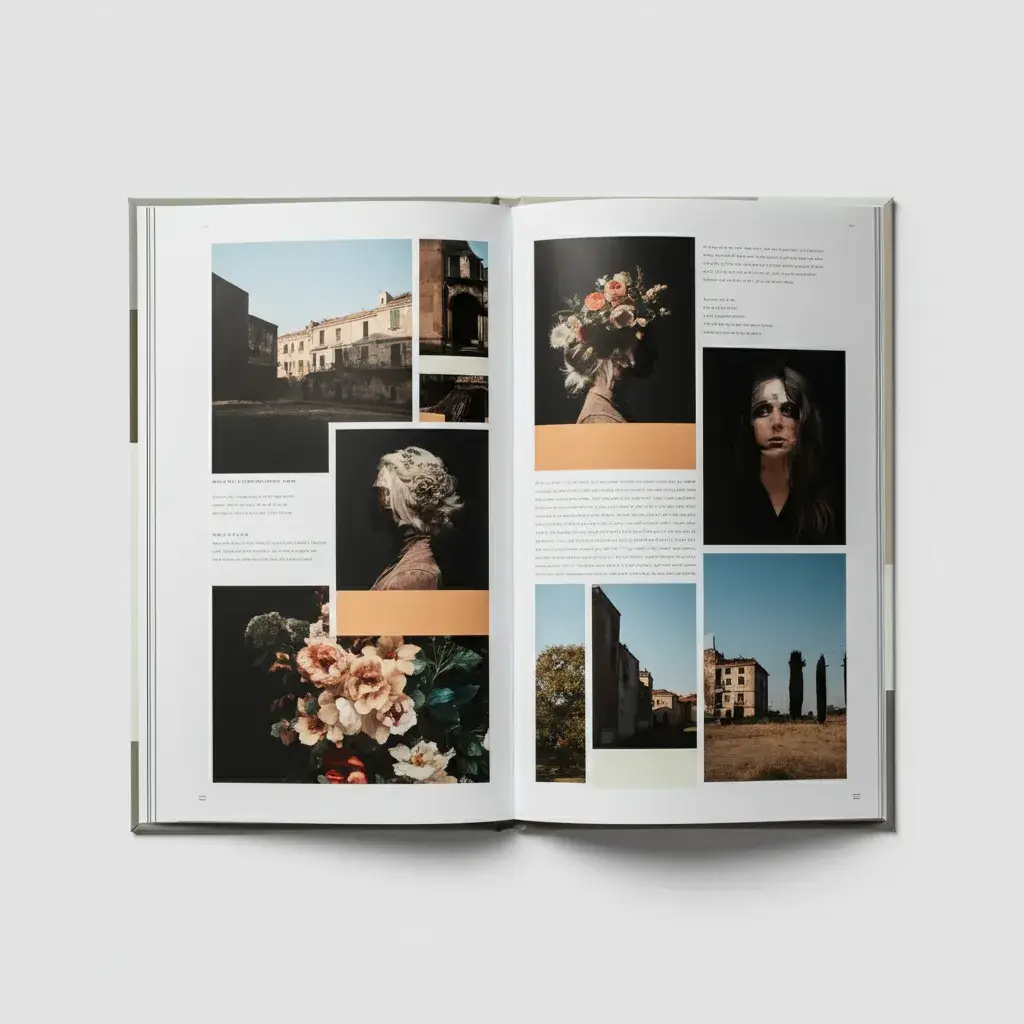
A great art in graphic design in photography involves coordinating layout, typography, along with other aspects of the design to enhance the impact of photos.
Essential Design Components
- Typography
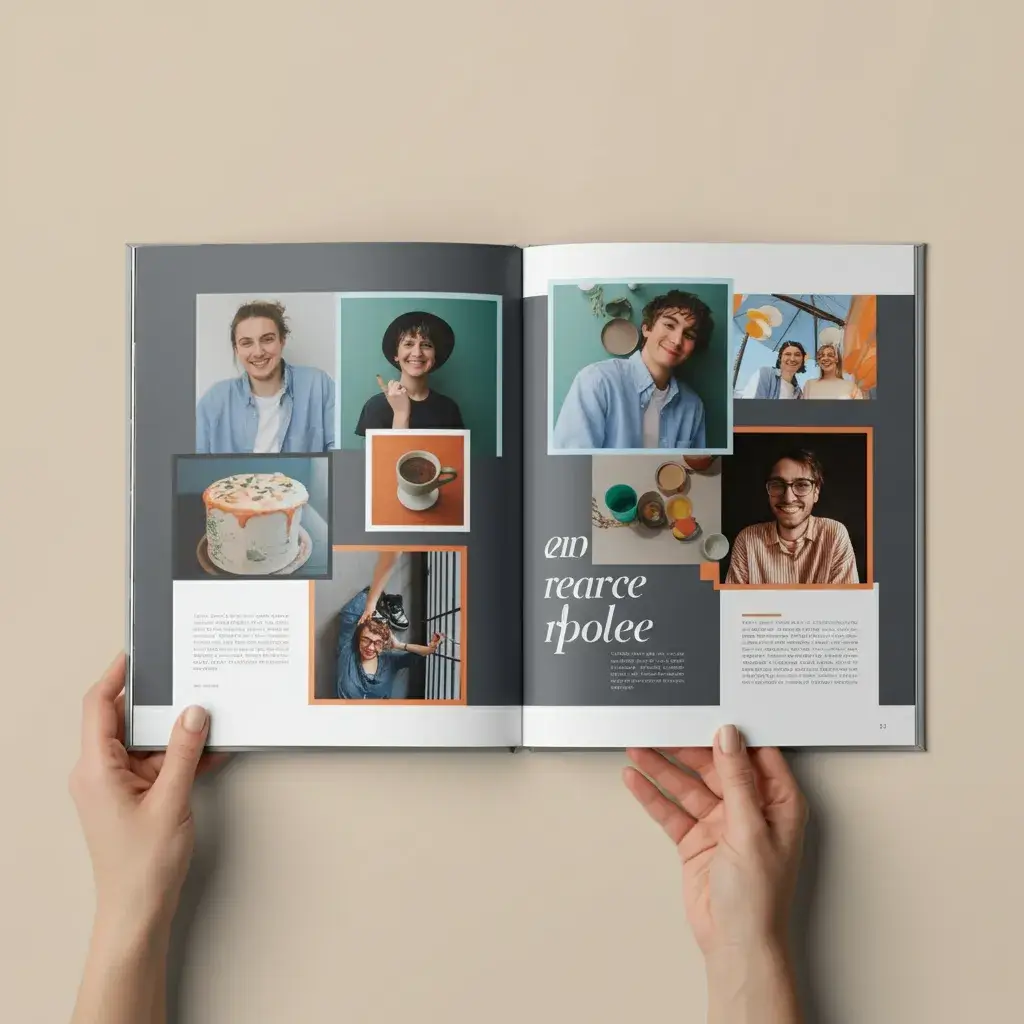
Fonts can stir emotions equally as images. A bold sans-serif font can be modern while elegant serifs radiate timeless elegance. Make sure to use typography in a moderate manner, so that you not overshadow the images however, use it creatively to enhance the text.
- Negative Space (White Space)
The balanced usage of negative space helps keep the designs clear. It frames images beautifully and creates a fluid reading experience.
- Grid-Based Layouts
Photobooks thrive by the sameness of their content. Grid systems organize images and text seamlessly and ensures structural harmony across spreads.
- Color as a Design Tool
Beyond the image, color borders, captions, or even decorative elements can direct the reader’s attention and create a mood.
Rising Above Minimalism
Though photobooks typically rely on minimalist design principles, more edgy layouts can defy the rules. For example striking compositions with asymmetry or bold, large fonts are a great way to engage readers and challenge conventional thinking.
Example of Subtle Brilliance
Mitch Epstein’s Recreation employs minimalist typography and carefully sequenced photos, resulting in the impression of a book that’s refined and raw, bringing readers instantly to the subject.
Case Studies of Successful Photobooks
Nothing illustrates the harmonies of graphic design and photography better than examples of success. Here are three outstanding photobooks that show the synergy between these two disciplines:
- “The Americans” by Robert Frank
With stark black and white images and clean, uncluttered designs, Frank conveys the fractured identity of postwar America. Simple typography allows the photographs to be resonant.
- “Genesis” by Sebastiao Salgado
Salgado’s photobook employs basic grids and subdued fonts to showcase striking, high-contrast black and white images of unspoiled landscapes from around the world.
- “Wonderland” by Annie Leibovitz
Hers is a perfect example of lavish photography. The seamless layouts, the exquisite detail and a balanced font combine to create extravagant, lavish portraits.
By analyzing these works, designers and photographers to gain both practical and artistic wisdom.
Tips for Photographer-Designer Collaboration
The process of creating a photobook requires teamwork. Communication between designers and photographers will ensure that both professions shine while helping to achieve the same goal.
Key Collaboration Tips
- Align on a Narrative
If you are documenting your personal project or a workbook be sure to agree on the narrative the book should be able to tell.
- Mood Boards Matter
A visual guide shared with everyone helps simplify style expectations and eliminates the need to switch between styles.
- Tech Smarts
Utilize tools such as Adobe Creative Cloud for seamless collaboration. Software such as Lightroom, Photoshop, and InDesign is ideal for syncing various elements.
- Feedback Loops
Re-evaluate often! Examining drafts in digital format or physical mock-ups lets you find areas of improvement.
The collaborative spirit of the group will ensure that the most ideas from both sides will come to fruition.
Bring Your Visual Stories to Life
Photobooks sit between photography’s emotional roughness as well as graphic design’s artistic harmony. The art of mastering this medium can transform the way stories are shared and kept. If you’re a photographer an artist, or who just loves storytelling through images, the possibilities to make something memorable are limitless.
Begin to experiment with layouts, look into typography and be aware of the interplay between design and images. You can also connect with other designers within your circle to collaborate. Together, you’ll be able to create your own photobook that leaves an imprint on your readers.
This is the perfect time to bring your dream to reality. What’s the chance? Your next photobook might be one that move the needle.

